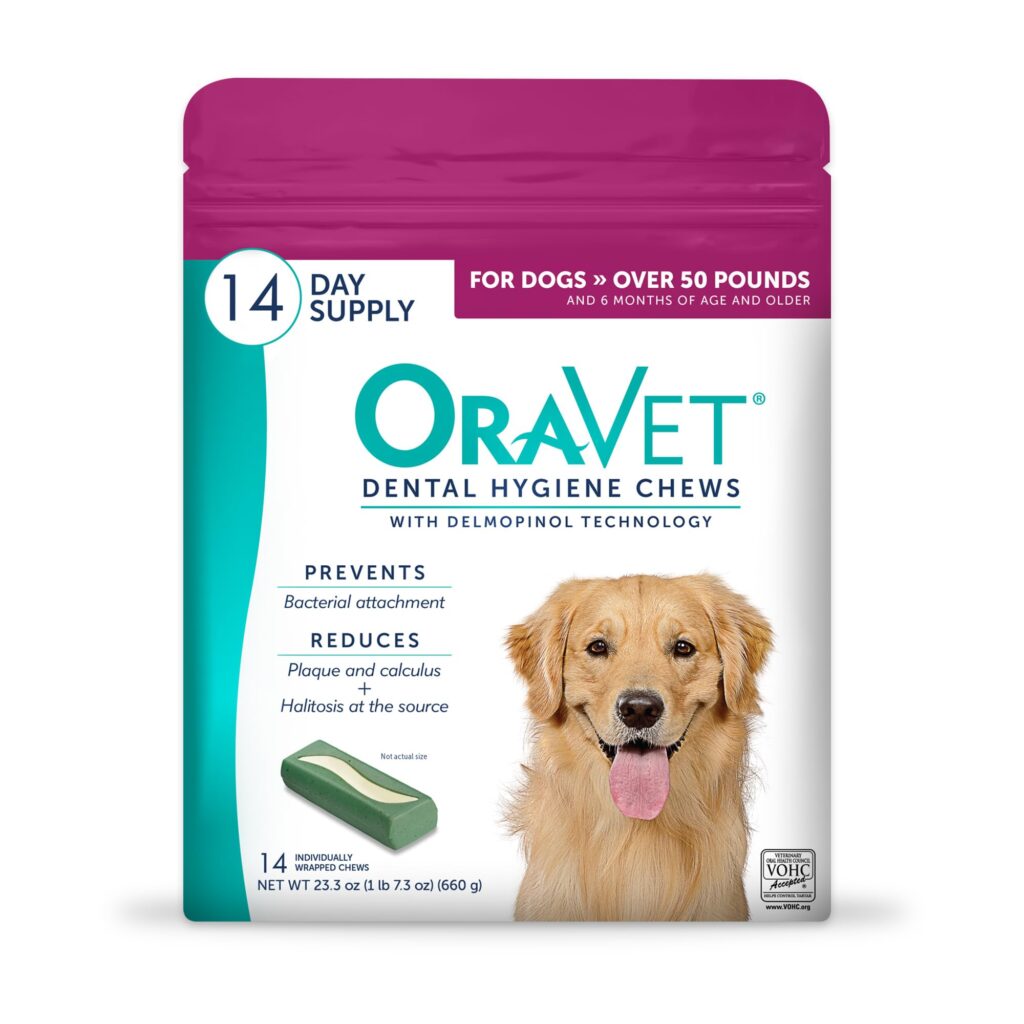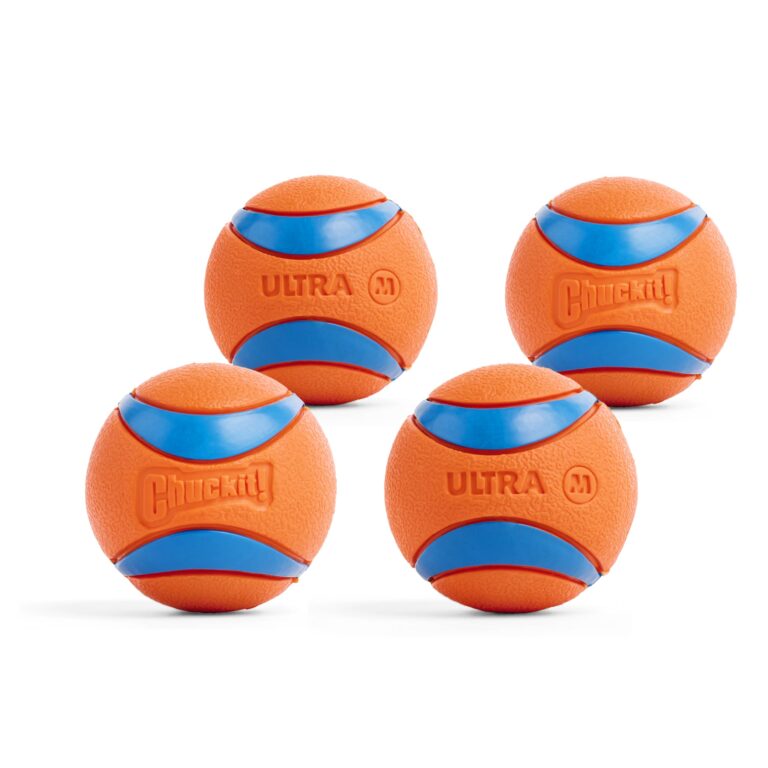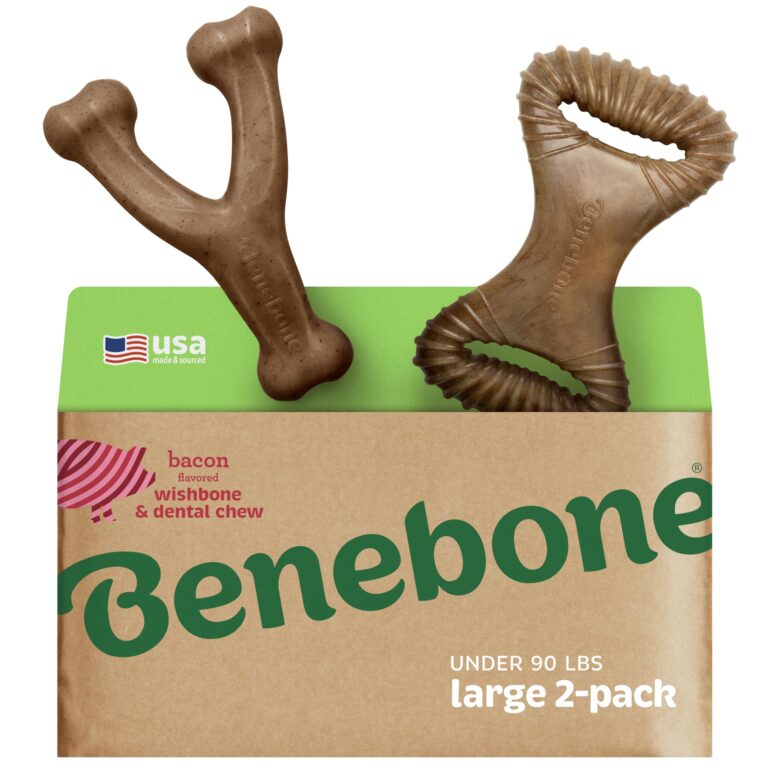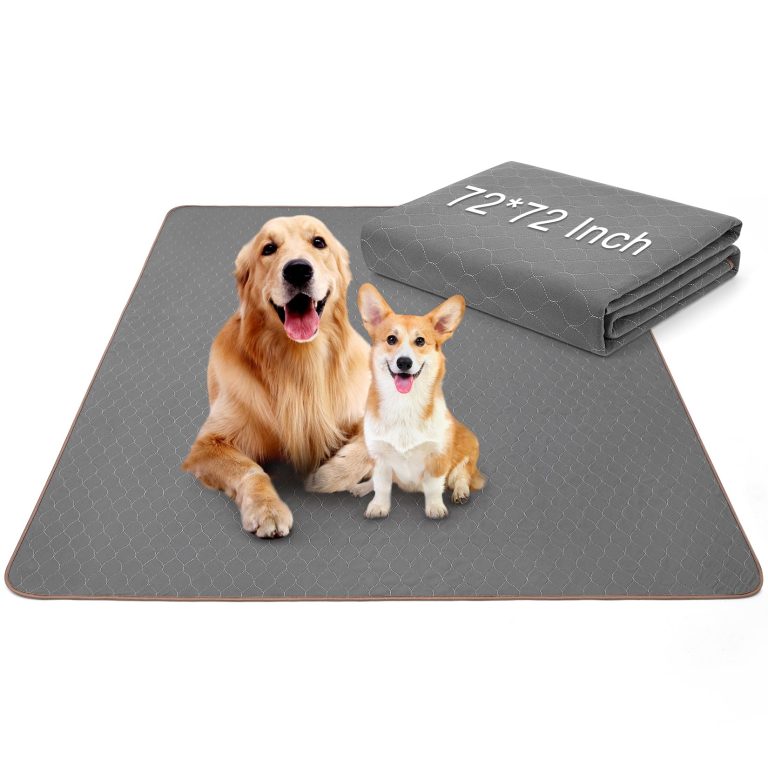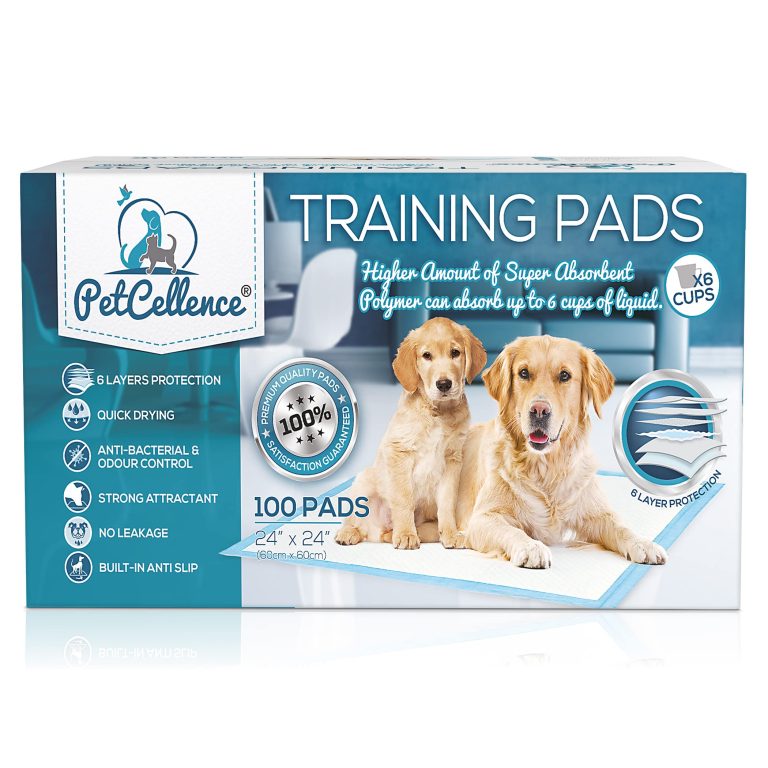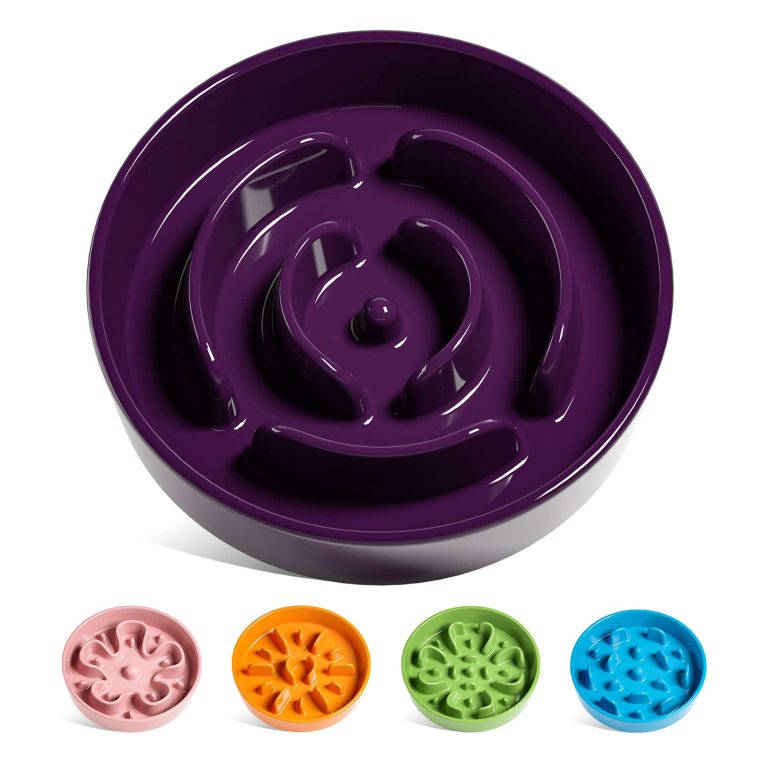Seasonal Foods: Changing Your Dog’s Diet with the Seasons
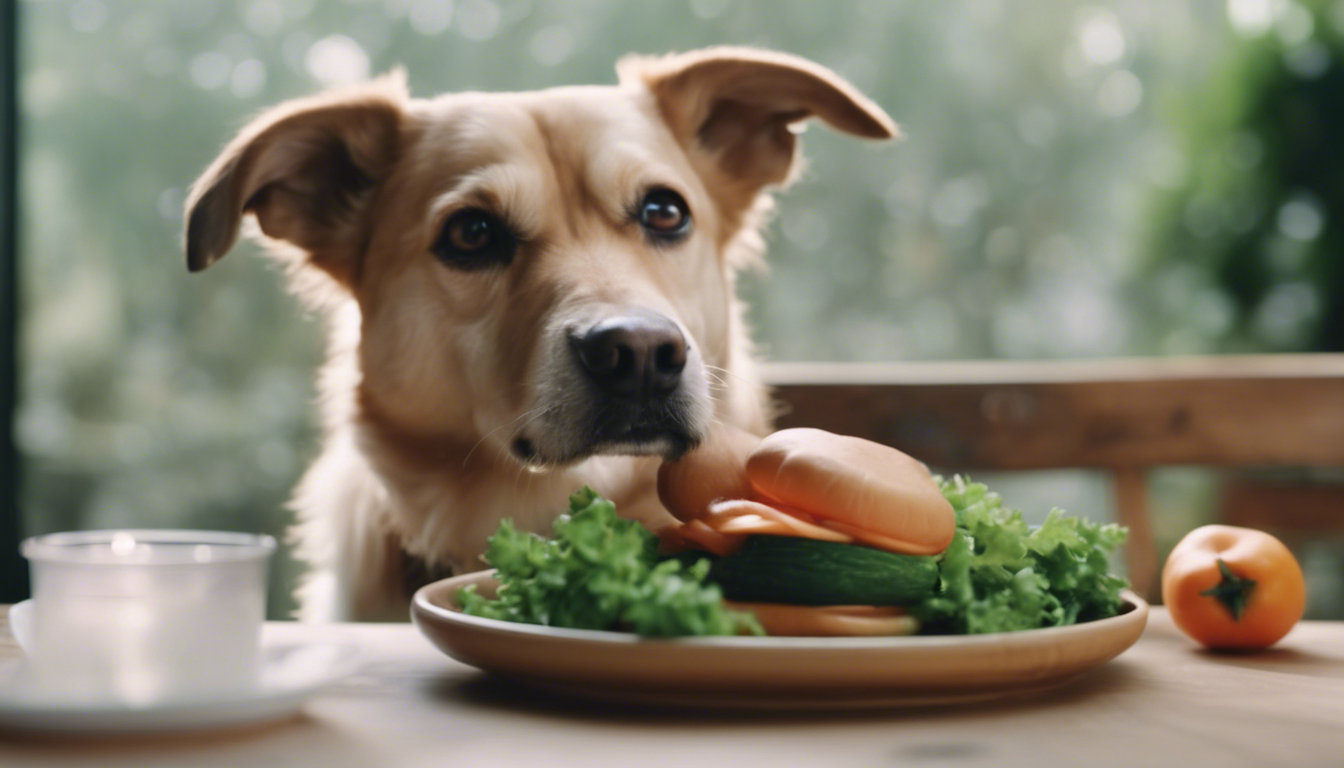
Understanding the benefits of seasonal diets for dogs
When you think of seasonal eating, you might picture the bounty of summer vegetables or the hearty roots of winter meals. But this concept isn’t just for humans – your furry friend can also thrive on a diet that changes with the seasons. Opting for a seasonal diet can reflect the natural availability of certain foods, and this can bring a variety of benefits to your dog’s dinner bowl.
For one, rotating your dog’s diet to include seasonal foods can enhance their overall nutrition. Just as different fruits and veggies are packed with various vitamins and minerals, switching things up gives your pup a more diverse range of nutrients throughout the year. This mimics the natural eating habits of wild ancestors, whose diets would naturally vary and provide a broad spectrum of nutrition.
If you’re into organic and locally-sourced foods, you’ll find that seasonal diets may align with these values. Fresh, in-season produce is often lower in pesticides and hasn’t traveled long distances, which not only benefits the environment but may also be easier on your dog’s digestive system. Your dog will likely relish the fresh tastes and textures that come with a seasonally shifting menu, keeping mealtime exciting and stimulating their senses.
And let’s not say goodbye to the health benefits associated with certain seasonal foods. During the warmer months, lighter foods can help maintain a healthy weight and hydration levels for your pet. In contrast, when the mercury drops, heartier foods can provide that extra energy needed to stay warm and active.
Another perk of seasonal feeding is that it can be gentle on your wallet. Foods that are in abundance are generally less expensive, so planning your dog’s meals around seasonal produce can help manage pet food costs without compromising on quality.
Last but not least, a seasonal diet paves the way for a natural rotation diet, which can reduce the risk of food sensitivities and allergies over time. Some experts believe that regularly changing the main protein and carbohydrate sources in your dog’s diet can help prevent the development of allergies, as constant exposure to the same ingredients is thought to contribute to sensitivities.
Adapting your dog’s diet with the seasons may seem like a small change, but it can have substantial impacts on their health, happiness, and even your budget. It is a refreshing way to bring balance and variety to your dog’s diet, ensuring they get the best at every time of the year.
Spring and summer: Fresh choices for warmer months
As the days lengthen and the temperatures rise, spring and summer offer a cornucopia of fresh fruits, vegetables, and lean meats ideal for incorporating into your canine companion’s diet. This is the time to embrace the lightness of the season with foods that are not only nutrient-rich but also hydrating and easy on your pup’s digestion.
In these warmer months, ponder adding more fresh produce to your dog’s meals. Foods like cucumbers, green beans, and blueberries can be fantastic treats that are both low in calories and high in water content, aiding in hydration. Always remember, though, to introduce new foods slowly and check which foods are safe for dogs, as not all human foods are canine-friendly.
- Blueberries are antioxidant powerhouses that can help boost your dog’s immune system.
- Watermelon, seeds removed, is a juicy and hydrating snack, perfect for hot summer days.
- Cucumber slices are a crunchy, low-calorie treat great for dogs watching their waistline.
- Green beans are fibrous and can serve as a filling, yet light, addition to meals.
For protein, consider beyond the usual chicken and beef. Spring and summer are great times to include lighter meats such as turkey or fish in your dog’s diet. Fish such as salmon are also an excellent source of omega-3 fatty acids, which can contribute to skin and coat health — particularly beneficial when your dog spends more time outdoors.
When it comes to carbs, switching to lighter options like sweet potatoes or pumpkin can provide your dog with essential vitamins and minerals while still being gentle on their stomach. These can be cooked and mashed or given in small, bite-sized chunks for them to enjoy.
Integrating homemade meals can be especially rewarding during these seasons. With the abundance of fresh ingredients, creating balanced, homemade dog food can be easier than you think. Many dog owners take advantage of this time to mix a variety of seasonal produce with lean meats and healthy grains to craft delicious, wholesome meals that any dog would be eager to devour.
However, always ensure that homemade diets are balanced appropriately for your dog’s unique dietary needs. Consulting a veterinarian or a canine nutritionist for proper recipes and supplements is essential, as an unbalanced diet can lead to nutrient deficiencies or excesses.
While it’s tempting to share your summer barbecue with your four-legged friend, remember that not all human cookout favorites are suitable for dogs. Avoid giving them fatty meats, bones that could lead to choking or obstructions, and any food containing onions, garlic, or excessive salt and seasonings.
As you incorporate these seasonal offerings into your dog’s diet, you’ll not only witness their dining delight but also provide them with the energy they need to enjoy every sunny day to the fullest. Embracing the abundance of spring and summer doesn’t just mean variety for your dog; it means crafting a lifestyle of health and vibrancy that mirrors the energy of the season.
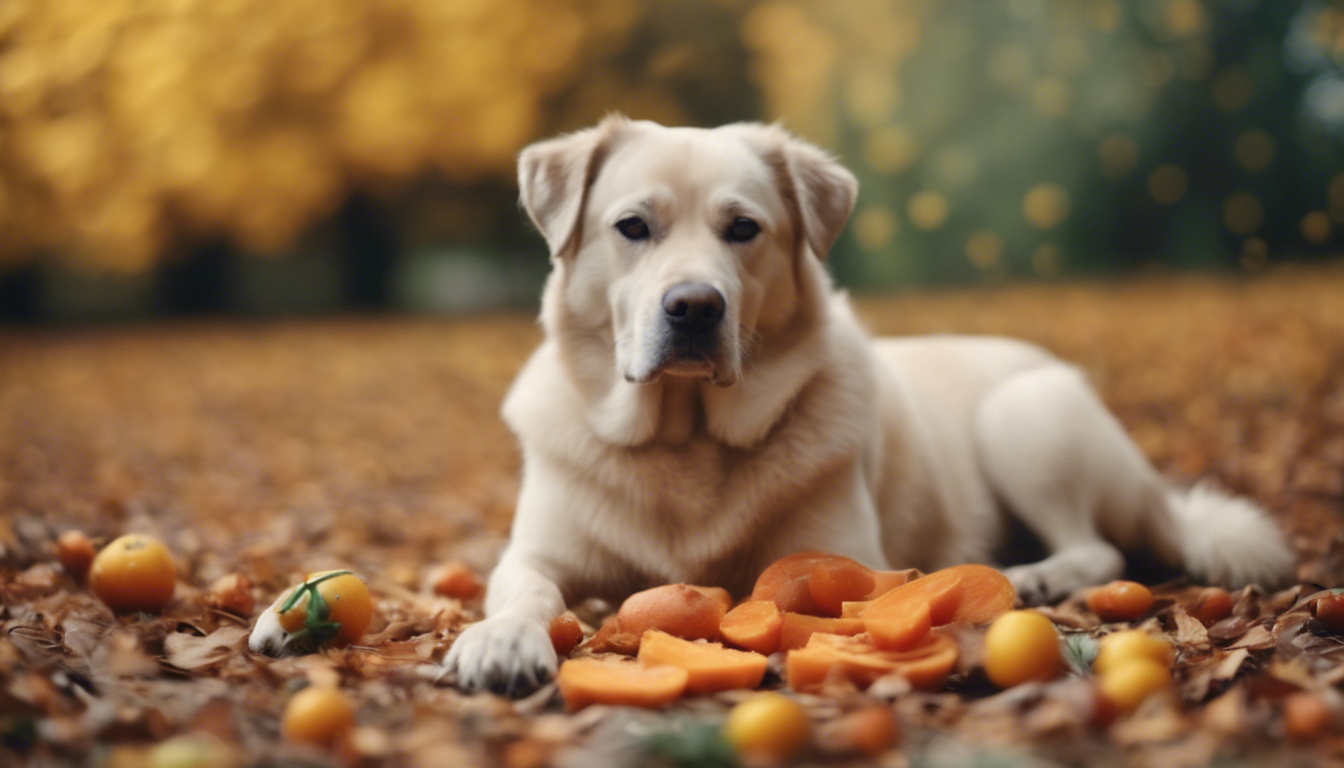
Fall and winter: Nutritious options for cooler weather
As autumn leaves begin to fall and we cozy up for winter, the focus of your dog’s diet should shift to foods that provide warmth, energy, and bolster the immune system during the cooler months. This period typically calls for a diet with increased calories and proteins to help your dog maintain a stable body temperature and energy level.
This season, root vegetables become the superstars of your dog’s mealtime. Foods like carrots, sweet potatoes, and turnips can be baked or steamed to soften them, making them easier for your dog to digest while providing essential nutrients and fiber.
- Carrots are an excellent source of vitamin A, which supports eye health and the immune system.
- Sweet potatoes are rich in vitamins B6, C, and beta-carotene, vital for maintaining healthy skin, coat, and muscles.
- Turnips can offer a variety of minerals and are also low in calories for dogs on a weight-maintenance plan.
Protein sources like beef and chicken can be especially comforting and satiating during the cold weather. They can be slow-cooked with vegetables in a stew, providing a warm and hearty meal that can help sustain your dog through cold spells. Remember, though it’s chilly, it’s still important to avoid overly fatty cuts which can be harder for dogs to process and lead to weight gain.
Grains such as brown rice and oatmeal can be added for additional energy. These grains are not only comforting but are also a source of B vitamins, which are important for energy metabolism. Considering homemade special doggy treats like oat biscuits can be an enjoyable wintertime snack. Remember, whole grains are chosen over refined ones for their nutrient content and fiber which aids in digestion.
During fall and winter, you might think incorporating more fish into your dog’s diet. Fatty fish, such as salmon or mackerel, provide omega-3 fatty acids that are crucial for keeping your dog’s skin and coat healthy, which is particularly important when the indoor heating comes on and can lead to dryness.
Don’t overlook the importance of hydration, even when it’s cold. Dogs might not seem as thirsty, but they still need adequate water intake. If you find your dog is drinking less, incorporating moist foods like canned dog food or adding broth (without onions or garlic) to their kibble can encourage hydration.
Lastly, while it’s wonderful to treat your dog during the holidays with some turkey or a slice of plain pumpkin, be cautious with festive foods. Many holiday treats are rich and can be problematic for a dog’s digestive system or contain ingredients that are toxic to them.
By choosing the right balance of nutrients and calories for the fall and winter, you ensure your dog remains active, healthy, and most importantly, happy during the chillier parts of the year. There’s nothing better than watching your furry companion relish a nutritious meal while the weather outside turns frightful.
How to safely transition your dog’s diet with each season
When it’s time to transition your dog’s diet from one season to the next, it is imperative to do so with care and attention to their needs to ensure the shift is smooth and doesn’t cause any digestive upsets. Abrupt changes in diet can lead to gastrointestinal issues like vomiting or diarrhea. Instead, a gradual introduction of new foods will help their system adapt without distress.
Begin the transition over the course of a week or two. You can start by mixing a small amount of the new seasonal foods with their current diet, increasing the proportion of new food while decreasing the old food progressively each day. For example, start with 80% of their current diet and 20% new food, adjusting by 10% every other day until you’ve completely switched over.
Keep a close eye on your dog’s reaction to the new diet. Normal bowel movements and an eager appetite are good signs. If you notice any digestive upset, slow the transition down even further. It may also help to add a spoonful of plain pumpkin (not pie filling) or probiotic supplements to aid in digestion during the dietary shift.
It’s also important to remember that the calorie and nutrition needs of dogs can change with the season, as well as their level of activity. During more active summer months, your dog might require more calories, while in the winter, unless they’re very active outdoors, they may need fewer to avoid weight gain.
Another tip for making seasonal diet transitions easier is to incorporate a variety of proteins, veggies, and grains year-round. This ensures that while the balance of the diets may change with the seasons, the ingredients themselves aren’t entirely foreign to your dog’s system.
If you’re considering adding supplements to address potential nutrient gaps during transitional periods, it’s recommended to seek advice from your veterinarian. They can help determine if any supplements are needed based on the homemade diet or manufactured food you’re providing.
Remember, every dog is unique, and what works for one may not work for another. Factors like age, breed, weight, health issues, and individual metabolic rate can all influence your dog’s dietary needs. When in doubt, consult with a canine nutritionist or your vet to ensure your dog’s dietary requirements are met.
The key to a successful dietary transition is patience and observation. Your dog’s behavior and health are the best indicators that their dietary needs are being met. By attending to these needs and making the change gradual, you’ll be able to provide your four-legged friend with the seasonal nutrients they need to thrive.


